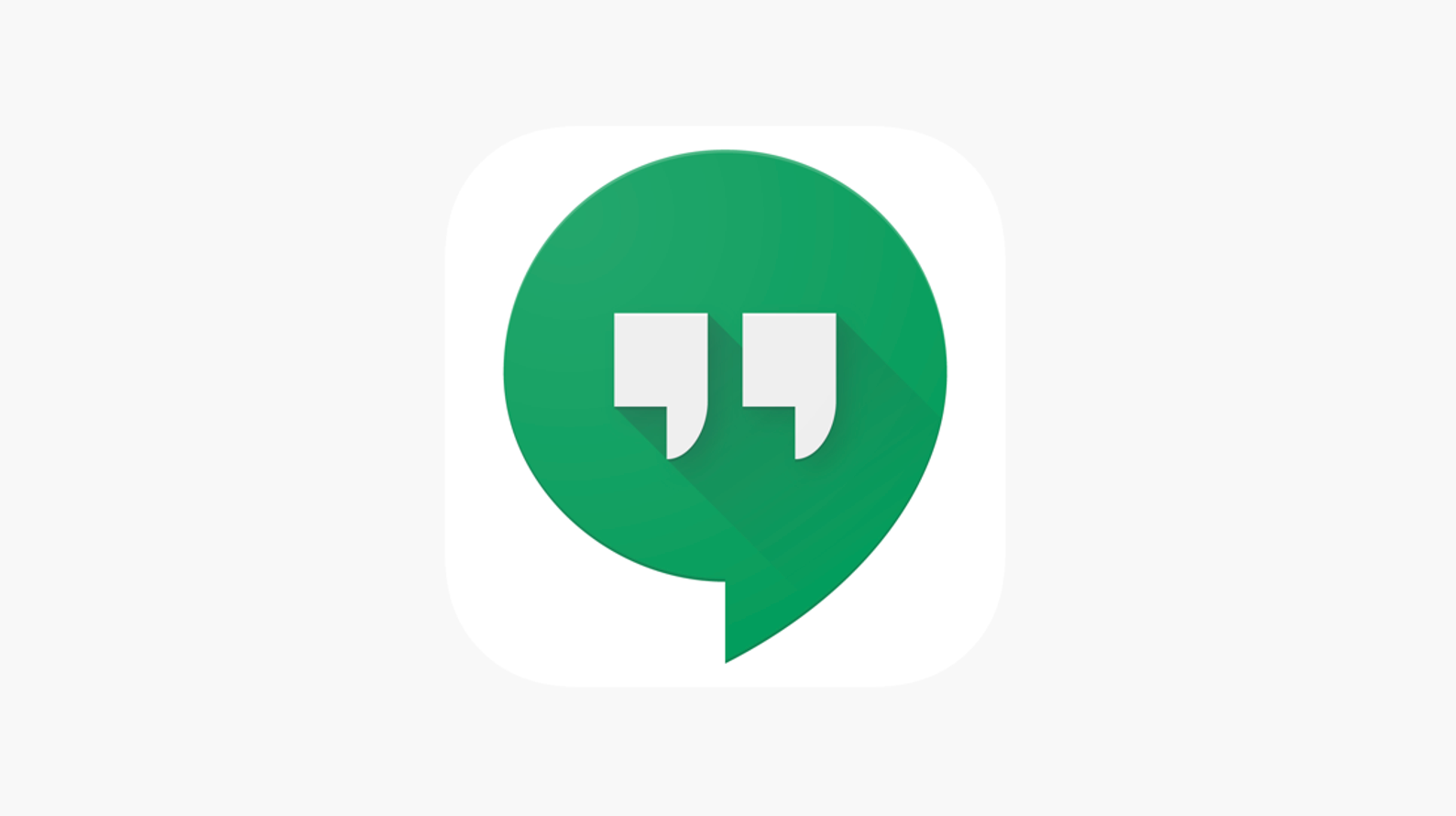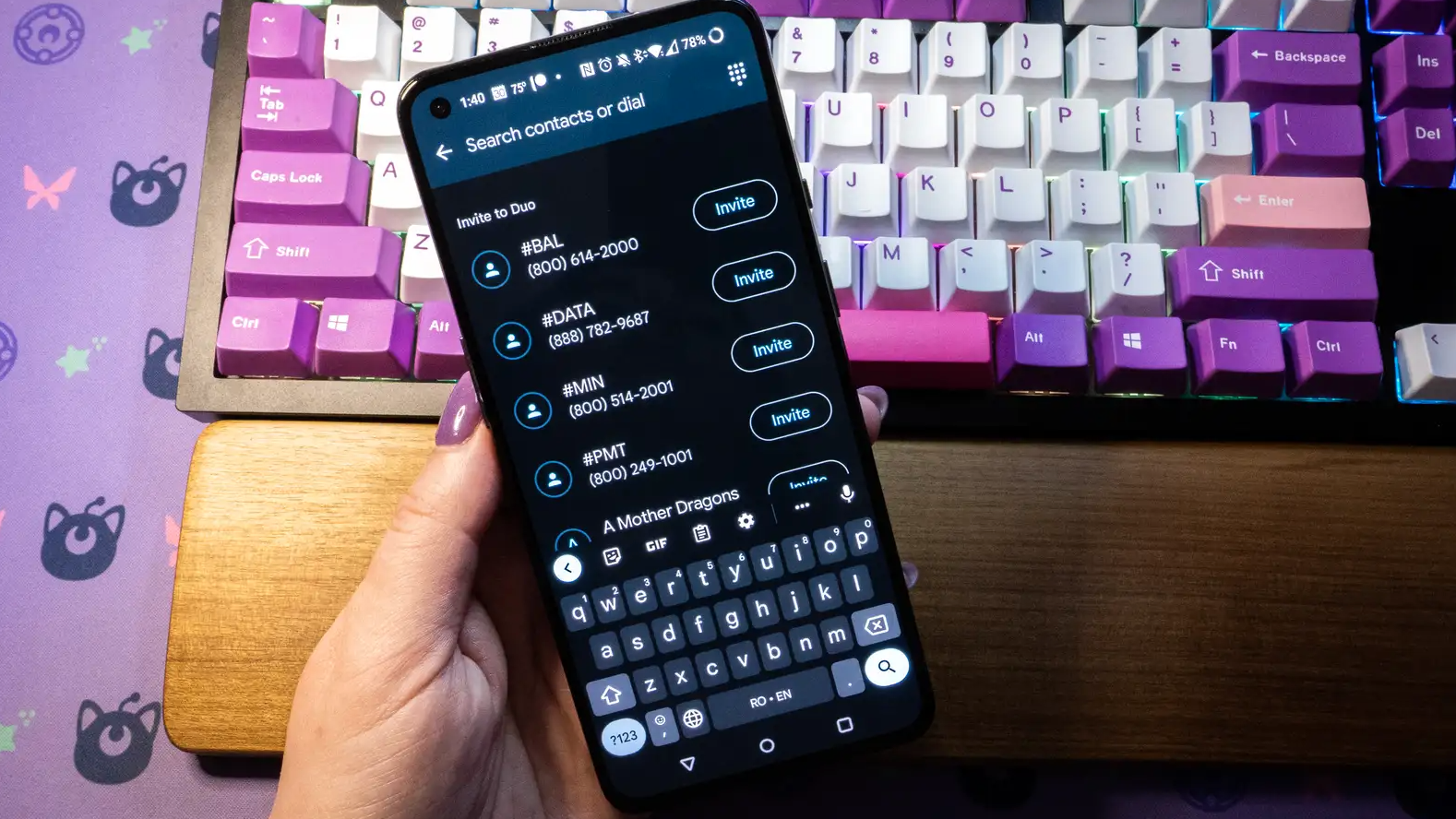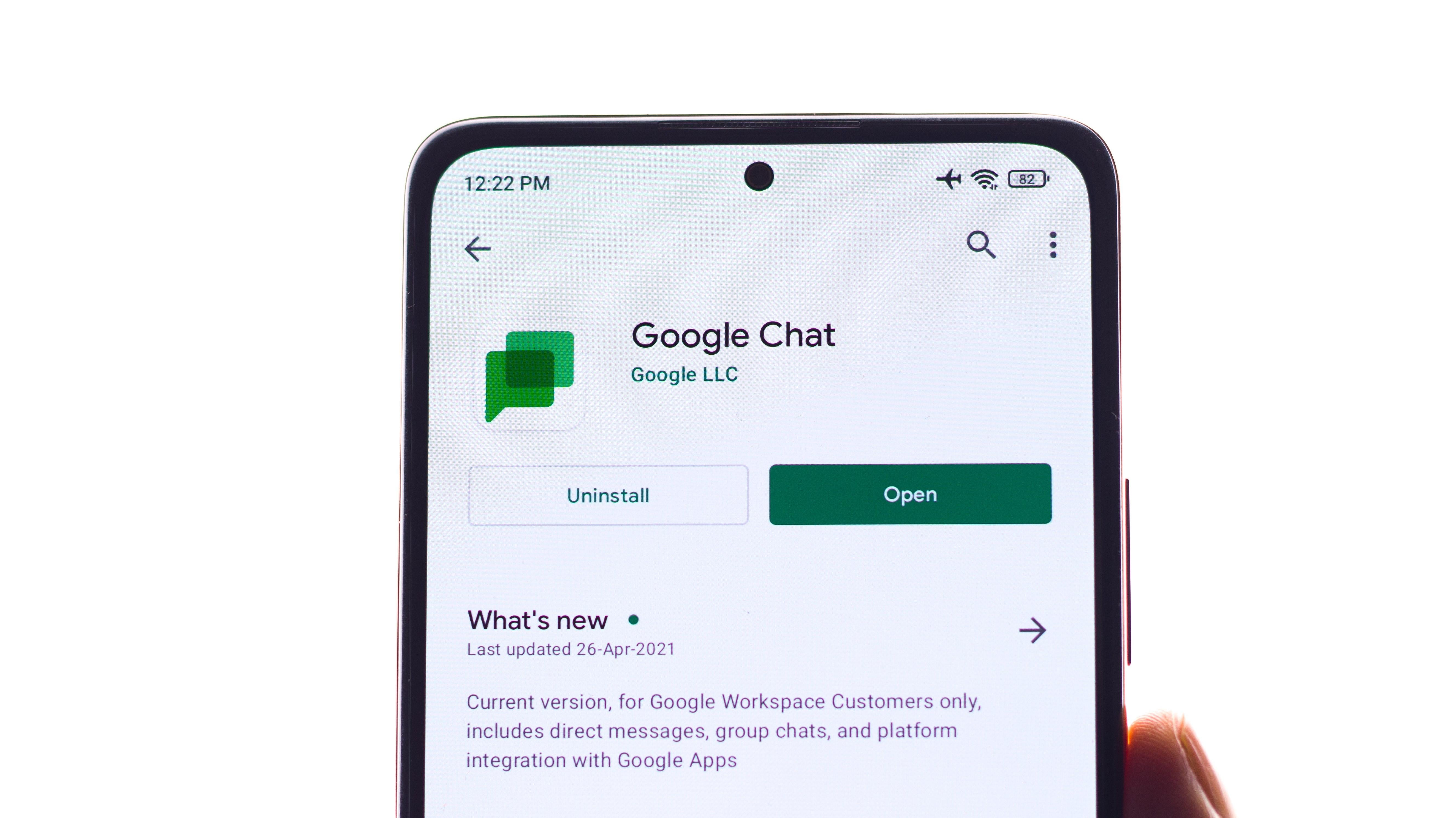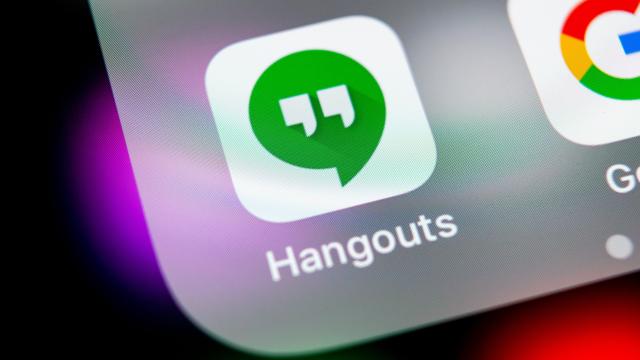Google is an absolute menace when it comes to messaging. As it officially retires its long-running Hangouts app, it’s worth noting that the company has launched over a dozen different messengers over the course of the last decade and a half. Some of them have had long, confused life cycles; others have died quick and ignominious deaths. Worse still, many have been developed and launched in tandem to one another, resulting in weird redundancies for users.
Why the hell have there been so many? And what exactly is Google playing at, here? That’s the eternal mystery.
When compared to a company like Apple (whose iMessages have been tweaked over time to become a reliable favourite for millions), or Meta (which acquired WhatsApp in 2014 and then swiftly turned it into the most popular messaging app on the planet), Google’s strategy seems like a weird goose chase of epic proportions. There seems to be no official explanation for why the tech giant can’t quite get it together, either. Turning to random voices on the internet for interpretation, I stumbled across a few potential answers to this enduring mystery. One person on Reddit explained it this way:
There was a time when Google was the company I would have thought would corner the messaging market. More than any of the competitors at the time, Google had the brand image and technical capability to push its messaging solutions. But Google never learned that while disruption is a business strategy in Silicon Valley, disrupting your own business is a shitty idea.
Hmm, interesting thought, web rando. Another Redditor got even more analytical:
“[They have a dozen messenger apps] …Because their org structure & performance review mechanisms aren’t well suited for a coherent product strategy. People get promotions for releasing new products, not so much for maintaining and steadily supporting existing ones.”
Still another armchair commentator kept things basic:
“Throw enough shit on the wall and something is bound to stick right?”
Whatever the reason, Google has certainly made a reputation for itself when it comes to blitzing the world with an endless string of messaging applications. While the company has gone through far too many pivots and rebrands to jot them all down here, we decided to compile a few of the most stand-out platforms and applications in the tech giant’s long history of fumbled product strategy. Click through and be confused.
In the Beginning, There Was…Google Talk (2005-2010)

Wayyyyy back in the day, before all the confusion and the back and forth, there was Google Talk, which Google launched as its first standalone messaging service back in 2005. Talk was primarily an instant messenger, but it also allowed for voice calls. Before long, users of Google’s services began to refer to it “Google Chat,” or simply “GChat,” and thus the OG GChat was born. Talk would continue for several years before other Google products overtook and replaced it. Little did users know when they started using the client that they were at the beginning of a very long, janky road.
The Fast Life and Quick Death of Google Wave (2009)

Google introduced Google Wave — a Slack-like “communications and collaboration tool” — in 2009 as an alternative to email. The idea was to give users the ability to create discrete conversations between different groups, based on particular topics. At the time of its launch Wave was heralded as the way of the future but, unfortunately, the app didn’t live long. In 2010, Google stopped active development of Wave, citing a lack of “user adoption.” As has been previously noted, most people just didn’t know what Wave was, didn’t how to use it, nor did they understand why it was being foisted upon them. The application was officially retired in 2012, and the project was later taken over by the Apache Foundation, which also eventually abandoned it. RIP, sweet Wave, gone before you could have been a better version of Slack.
Triumphant Breakthrough: Google Hangouts (2013-2022)

After years of creating messaging apps but failing to create one unified messenger that everybody wanted to use, in 2013 Google finally launched what would go on to become its most successful messaging platform ever, Google Hangouts. Hangouts, which originally grew out of a Google+ video service, was eventually pitched as a replacement for Google Talk, which — during this time — was busy dying a slow death. By 2015, Google had officially retired Talk and instructed users to head over to Hangouts for the foreseeable future. Hangouts, which offered instant messaging, video call, and other convenient features, would have many ups and downs but, until its recent demise, was Google’s most long-running and successful messaging application to date.
Allo and Duo (2016)

Google once again bunglingly hit reset on its messaging services in 2016 when it launched Allo and Duo. Allo was designed to be a new consumer texting application, while Duo was meant to handle video conferencing and was pitched as a “companion” app to Allo. Meanwhile, Google Hangouts was in the process of being pivoted into an enterprise app with similar functionality. Allo, which was meant to compete with the newly Meta-acquisitioned WhatsApp, began to wither almost immediately — shutting down less than two and a half years later due to lack of downloads. Critics noted that the functionality of the app was frustrating. Meanwhile, Duo soldiered on for several years, finally losing its essence and getting merged into Google Meet earlier this year.
Hangouts Becomes Hangouts Chat. Hangouts Meet Appears. Meanwhile, Google Launches “Rooms.”

Around the same time that Allo and Duo launched, Google decided to pivot Google Hangouts and turn it into an enterprise platform. To do this, it split Hangouts into two distinct apps: Hangouts Chat, which became an enterprise messenger designed for team chatter and Hangouts Meet, which was supposed to be the video conferencing client. Meanwhile, Google also introduced “Rooms,” a feature within Hangouts that allowed for distinct conversations between multiple users — basically a resurrection of other similar features that had come before.
Hangouts Chat Becomes Google Chat, Hangouts Meet Become Google Meet, and Rooms Become Spaces (2020)

To keep its user base good and confused, Google decided to pull the ol’ switcheroo on Hangouts users once again. In 2020, the company rebranded Hangouts Meet, re-dubbing it Google Meet, while Hangouts Chat became Google Chat. The reason for the change? The company said it was now pivoting Chat and Meet back the other direction, allowing consumers as well as enterprise users access to the apps. Meanwhile, in June 2021, Google announced that Gchat’s Rooms had now been transformed into “Spaces.” What was the difference? Not much! At the time, Google called it an “evolution” and explained that, in addition to having a different name, Spaces would also include some updated features.
The New Rise of Google Chat

The new Google Chat was originally made available only for enterprise users, or users of Google Workspace. However, in early 2021, Google again pivoted its product, deciding to make it available to regular consumers as well. It became fully available for everybody by April of that year.
RIP Hangouts (2022)

Way back in 2018, Google claimed that it would eventually put the kaibosh on Hangouts. After a long slow decline, Google officially decided in October of 2020 that Hangouts would be put out to pasture. It would be replaced by a new Google Chat (which is ironic, since Hangouts originally replaced the old Google Chat), which promised many of the same features and similar functionality. Since then, the company has consistently been encouraging users to migrate over to its new client. As of this week, Hangouts is officially dead and you can’t use it anymore. We must say: goodbye, Hangouts! As one of Google’s few messenger success stories, we will miss you dearly! We can barely understand what replaced you!
Welcome Back, (G)Chat (2022-Beyond)

Time is a flat circle, and everything old is new again. Now that Hangouts is officially dead, you are kindly encouraged to head on over to the newly reborn Google Chat, otherwise known as “Gchat.” Google has promised to make this new Gchat a stable omni-chat app for the masses. Should we believe them? Probably not, but hey, that’s all part of life. Enjoy Gchat while it lasts before the next inevitable product cycle swoops in to wipe out all of the progress Google has made.
